 |
| Lo Lo Chai village, Lung Cu commune with many unique cultural features attracts tourists, honored as the best tourist village in the world in 2025. |
Land of heritage convergence
Tuyen Quang is like an “open museum” with hundreds of unique cultural heritages. The whole province has 719 historical and cultural relics and scenic spots, nearly 400 intangible cultural heritages. Of these, 213 relics are ranked at the national level; 40 intangible cultural heritages are recognized at the national level.
The heritage in Tuyen Quang is present every day in life, in every Quan Lang, Sinh Ca, Soong Co song. From the sound of the Mong flute calling friends to the Tinh lute, that is the soul of the nation. That soul is clearly shown through nearly 100 traditional festivals. From the Long Tong Festival of the Tay people, the mysterious Fire Jumping Festival of the Pa Then and Dao people, to the Gau Tao Festival of the Mong people... Each festival has its own identity.
Mr. Phu Van Thanh, Thuong Minh village, Minh Quang commune affirmed: "The Fire Jumping Festival is not for show, but a sacred ritual to thank heaven and earth, pray for the health of the villagers, and good crops. Preserving the festival is also preserving the roots of our nation, so that no matter where our descendants go, they will not forget their roots."
The management, preservation and promotion of historical and traditional cultural values have been strengthened. In the period of 2020 - 2025, the province completed the project of Preserving, restoring, rehabilitating and promoting the value of the Tan Trao National Special Historical Relic associated with tourism development until 2025; implemented steps to implement the project of Preserving and embellishing the National Assembly Standing Committee Relic Site; Provincial Museum; Bac Me Cang revolutionary historical relic; implemented the project of Preserving and promoting the fine traditional cultural values of ethnic minorities associated with tourism development.
Dong Van Karst Plateau UNESCO Global Geopark continues to maintain its membership of the Global Geopark Network. 9 relics are ranked as national relics, 23 relics are ranked as provincial relics, 20 intangible cultural heritages are included in the list of national intangible cultural heritages.
Tuyen Quang, a land that not only possesses a treasure trove of heritage, but also holds a valuable development resource from its own cultural identity.
 |
| The shaman performs the ritual of asking to erect a pole in the Gau Tao Festival. Photo: Canh Truc |
Turn heritage into assets
Regarding the local potential, Mr. Nguyen Trung Ngoc, Director of the Department of Culture, Sports and Tourism, said: besides the landscape advantage, it is the huge cultural treasure of the ethnic groups that makes the difference for Tuyen Quang. Therefore, in recent years, the locality has made efforts to "awaken" the heritage to become an attractive tourism resource, positioning the local brand in the eyes of international friends: Doing tourism to preserve culture and using culture as an economic driving force.
In fact, the typical tourism products of Tuyen Quang are increasingly expanded, improved, and create impressions on tourists. In particular, community tourism and experiential tourism are closely linked to the preservation of traditional cultural values and the creation of sustainable livelihoods for people, which are of interest and promoted by many localities.
Coming to the Community Cultural Tourism Village, Nam Dam village, Quan Ba commune, the first impression is the peaceful countryside scene in the middle of the mountains and forests, with simple, rustic houses made of earthen walls nestled under the shade of trees. In the village, local people maintain wearing traditional Dao costumes in their daily activities. Mr. Ly Dai Thong, a folk artist, shared: "Visitors come to Nam Dam because of the friendliness and enthusiasm of the people and also because of the traditional culture of the Dao people. Recently, I have participated with the community in recreating many traditional rituals and festivals of the Dao people in the village; including the Cap sac ceremony, Dao writing, folk songs, how to make traditional costumes...".
Mr. Vu The Binh, Chairman of the Vietnam Tourism Association, said that if we look deeply, tourism itself creates unprecedented opportunities to preserve culture. Many of the most impressively successful tours in Tuyen Quang lie in turning local culture into unique tourism products. Names such as Khau Vai Love Market, Lo Lo Chai fairy tale village, or Vuong family mansion have now become powerful brands, where tourists not only come to see but also to live in the original cultural space.
Traditional culture is entering contemporary life, creating livelihoods and pride for the people. According to a report by the Department of Culture, Sports and Tourism, in the first 10 months of 2025, the province welcomed over 3 million visitors, with total tourist spending estimated at over 8 trillion VND. Not just stopping at numbers, it is worth mentioning that Tuyen Quang has been making efforts to develop tourism through community cultural products in villages to create new attractions for tourists. Thereby contributing to preserving local cultural identity.
 |
| Decorative art on traditional costumes of the Red Dao people in Tuyen Quang has been recognized as a National Intangible Cultural Heritage. |
Awakening Heritage
However, besides the initial achievements, the journey of turning “heritage” into “assets” also poses countless challenges. The biggest challenge is the problem between conservation and development. That is, when doing tourism massively, we easily fall into the “dramatization” of heritage.
Mr. Nguyen Viet Thanh, former Director of the Department of Culture, Sports and Tourism of the province, pointed out a fundamental solution: Preservation must go hand in hand with promoting heritage values. The ultimate principle is to keep the original, core values when restoring the festival and respect the community as the living environment of the heritage. We should avoid theatricalizing and professionalizing folk art; do not promote the mentality of wanting every event to be large-scale, grand, or record-breaking, which reduces the original meaning of the ceremony. Traditionally, Long Tong is a village festival, held on different days, with people from one village to another participating. Some localities organize it at the district stadium, pouring sand to plow the fields... which reduces the original meaning of the ceremony. Regarding this, President Ho Chi Minh once advised, "Do not sow sesame seeds and reap corn." It means, do not adapt this to that and especially do not reduce or lose the inherent value of the heritage. Therefore, promoting heritage values must aim to satisfy people's need to enjoy proper and standard culture, while creating tourism products and developing a sustainable economy.
Besides, heritage cannot be preserved sustainably by mere appeals or pride. Heritage preservation requires real “midwives” in terms of policy. Artisan Phan Chan Quay, Bac Quang commune, who has devoted his life to the Dao people’s paper-making craft, shares a painful reality: “Few young people today are interested in the ancestral craft because of low income and hardship. We want to preserve the craft, but we also have to be able to make a living from it. If we only do it for display, the heritage will be lost.”
Mr. Quay's confession is the knot that needs to be untied. Associate Professor, Dr. Tran Huu Son, former Vice President of the Vietnam Folk Arts Association, said: "Tuyen Quang needs to have a special policy mechanism to properly reward artisans - living humanistic treasures. Without practical support policies, the secrets of paper making, Pao Dung melodies or many other rituals are at risk of generational breakdown."
At the same time, the resource problem needs to be solved by socialization. Inviting businesses to invest in heritage associated with tourism is an inevitable trend. However, Architect Hoang Trung Hai, Director of Truc Lam Company Limited, a landscape planning expert, warned that socialization does not mean lax management. Localities must resolutely say no to the "concretization" mindset, which distorts the landscape at relic sites. The originality must be preserved, because that is the soul of the heritage. Losing the originality means losing everything.
But perhaps the most sustainable key to protecting heritage lies in the community itself. No one protects the forest better than the mountain people, and no one preserves culture better than its owners. Tuyen Quang is gradually shifting strongly, bringing people from the position of "hired workers" to "subjects" who directly benefit. At Lo Lo Chai Cultural Tourism Village, Mr. Sinh Di Gai, Head of Lo Lo Chai Village, excitedly said: "Before, I saw this old earthen house and wall, I wanted to tear it down and build a more luxurious brick house. But when doing tourism, Western visitors said they came because of the earthen wall, because of the embroidered clothes. So the whole village told each other to preserve it. Now the earthen house and embroidered clothes help our people have money to send their children to school. We preserve the culture to preserve our rice pot."
Cultural heritage is a sacred flame that is passed down, generations need to cherish and know how to preserve and promote. The journey to make Tuyen Quang heritage "live" and create the future requires the cooperation of businesses, the determination of the government and the love of each citizen. When culture permeates the economy, and the economy turns back to nurture culture, that is the shortest and most sustainable path for Tuyen Quang to develop on its own identity.
Giang Lam
Source: https://baotuyenquang.com.vn/van-hoa/tin-tuc/202511/khoi-nguon-suc-manh-mem-f38051b/



![[Photo] General Secretary To Lam receives President of the Senate of the Czech Republic Milos Vystrcil](/_next/image?url=https%3A%2F%2Fvphoto.vietnam.vn%2Fthumb%2F1200x675%2Fvietnam%2Fresource%2FIMAGE%2F2025%2F11%2F21%2F1763723946294_ndo_br_1-8401-jpg.webp&w=3840&q=75)
![[Photo] President Luong Cuong receives Speaker of the Korean National Assembly Woo Won Shik](/_next/image?url=https%3A%2F%2Fvphoto.vietnam.vn%2Fthumb%2F1200x675%2Fvietnam%2Fresource%2FIMAGE%2F2025%2F11%2F21%2F1763720046458_ndo_br_1-jpg.webp&w=3840&q=75)
![[Photo] Visit Hung Yen to admire the "wooden masterpiece" pagoda in the heart of the Northern Delta](/_next/image?url=https%3A%2F%2Fvphoto.vietnam.vn%2Fthumb%2F1200x675%2Fvietnam%2Fresource%2FIMAGE%2F2025%2F11%2F21%2F1763716446000_a1-bnd-8471-1769-jpg.webp&w=3840&q=75)

![[Photo] National Assembly Chairman Tran Thanh Man holds talks with President of the Senate of the Czech Republic Milos Vystrcil](/_next/image?url=https%3A%2F%2Fvphoto.vietnam.vn%2Fthumb%2F1200x675%2Fvietnam%2Fresource%2FIMAGE%2F2025%2F11%2F21%2F1763715853195_ndo_br_bnd-6440-jpg.webp&w=3840&q=75)

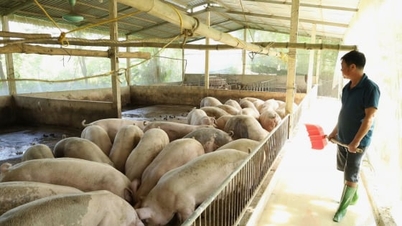

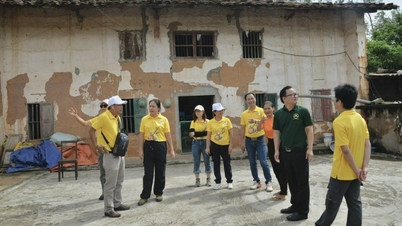

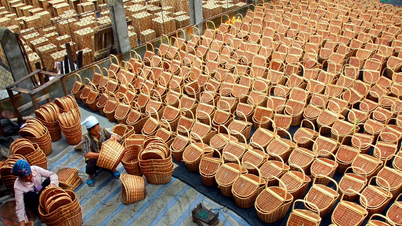



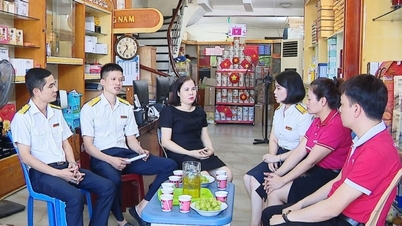




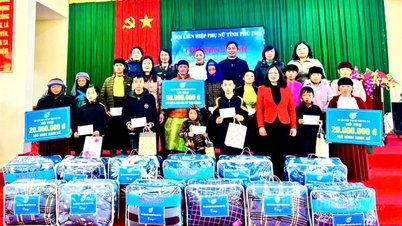
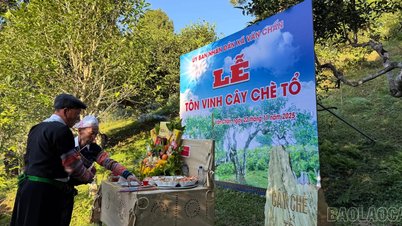
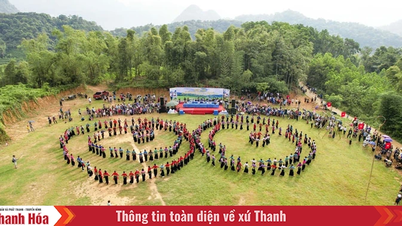

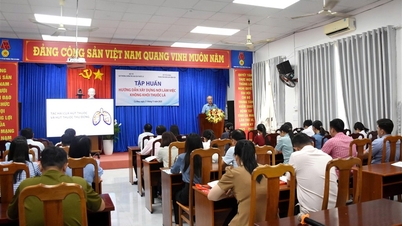








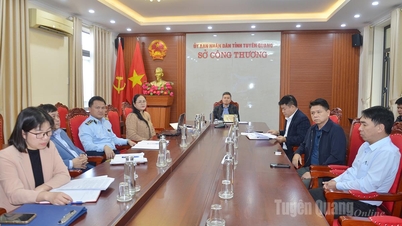






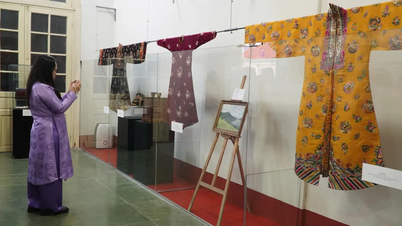

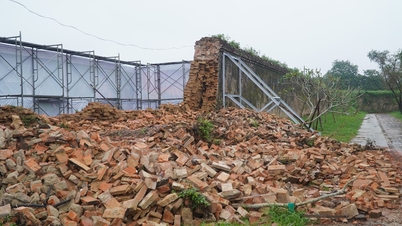

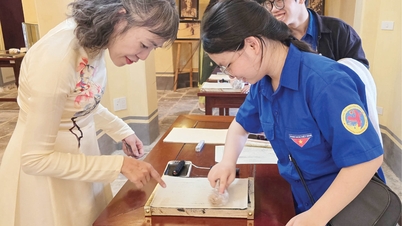





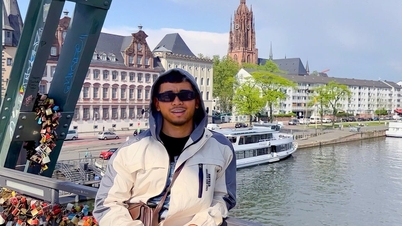



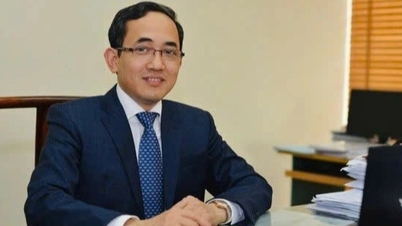



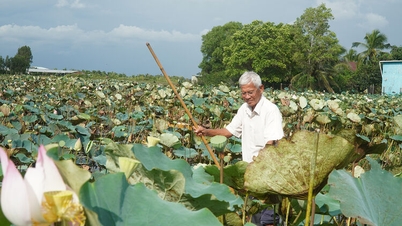






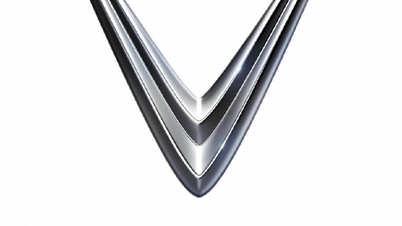
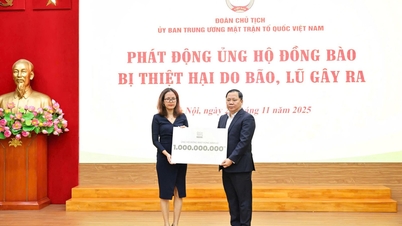
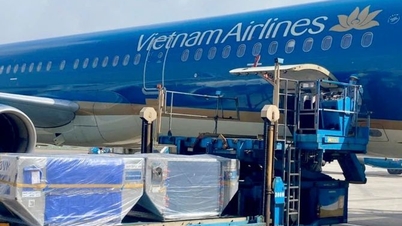








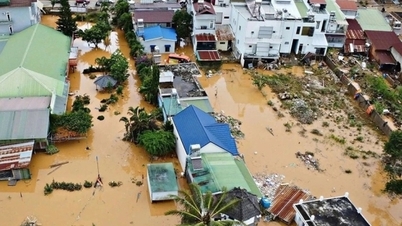

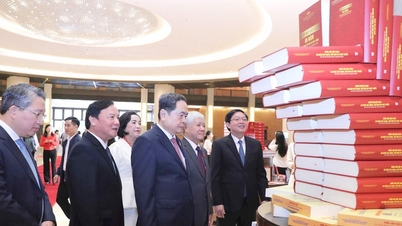
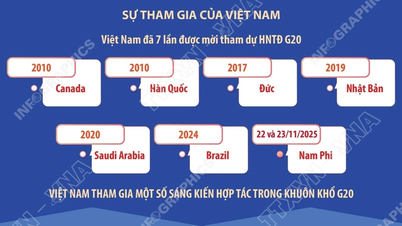




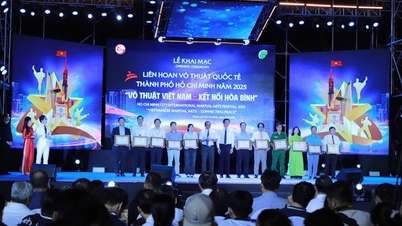

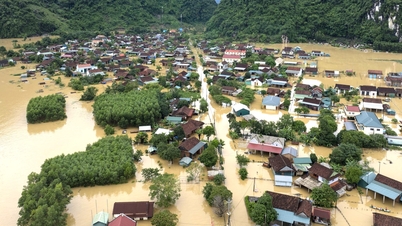





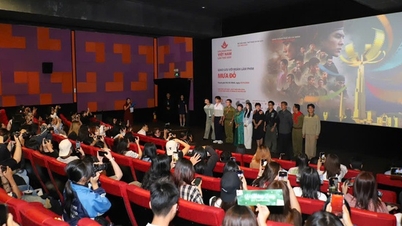
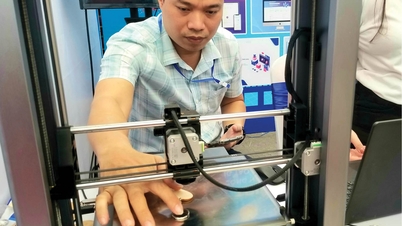
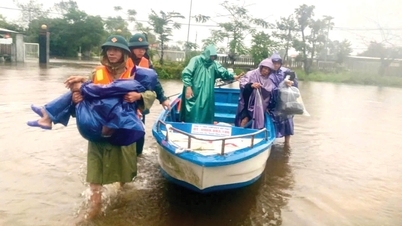
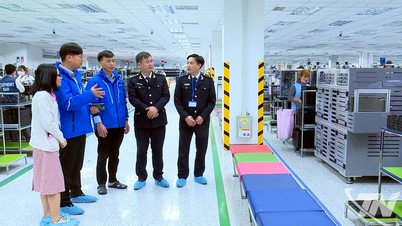


















Comment (0)